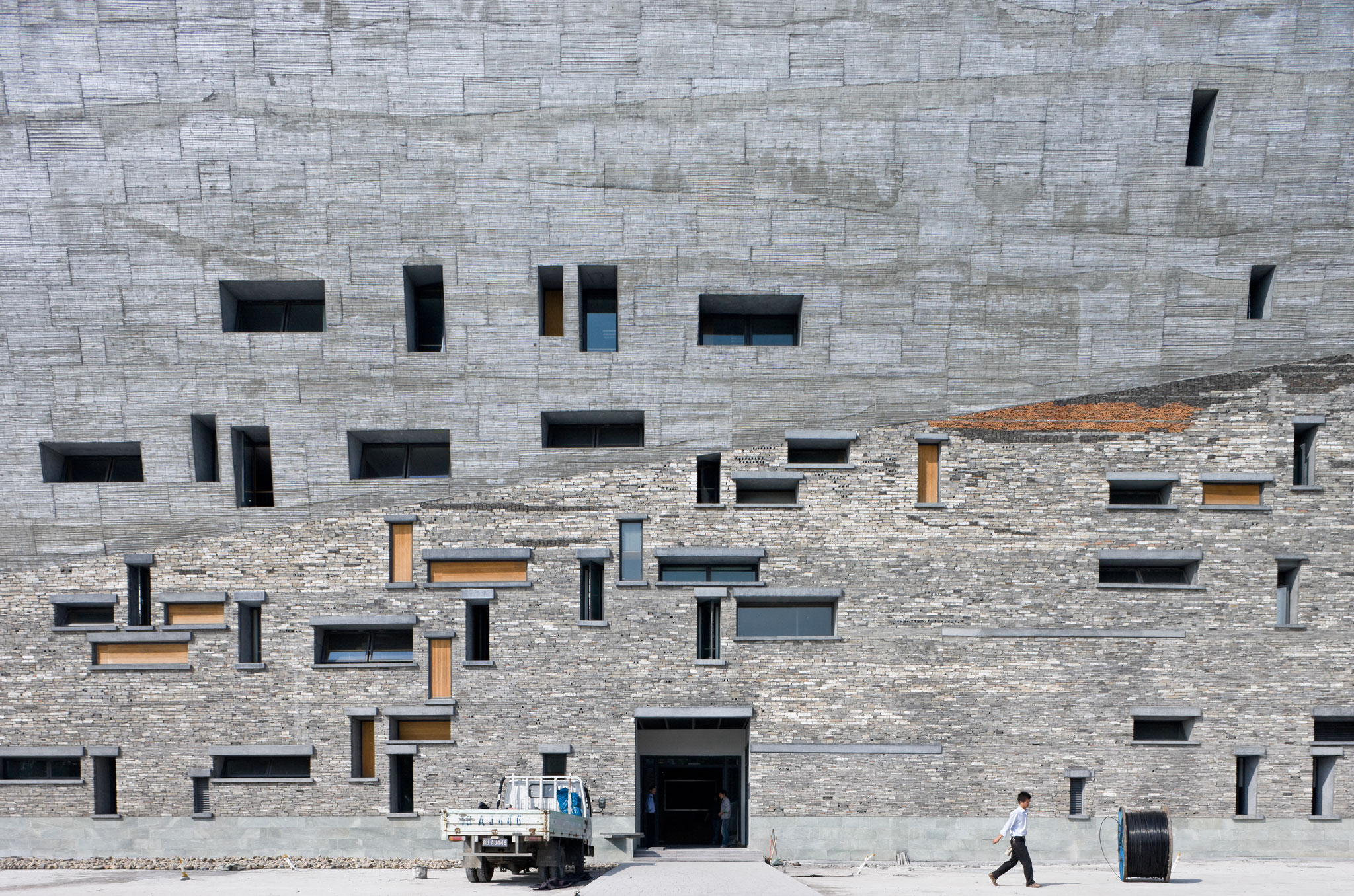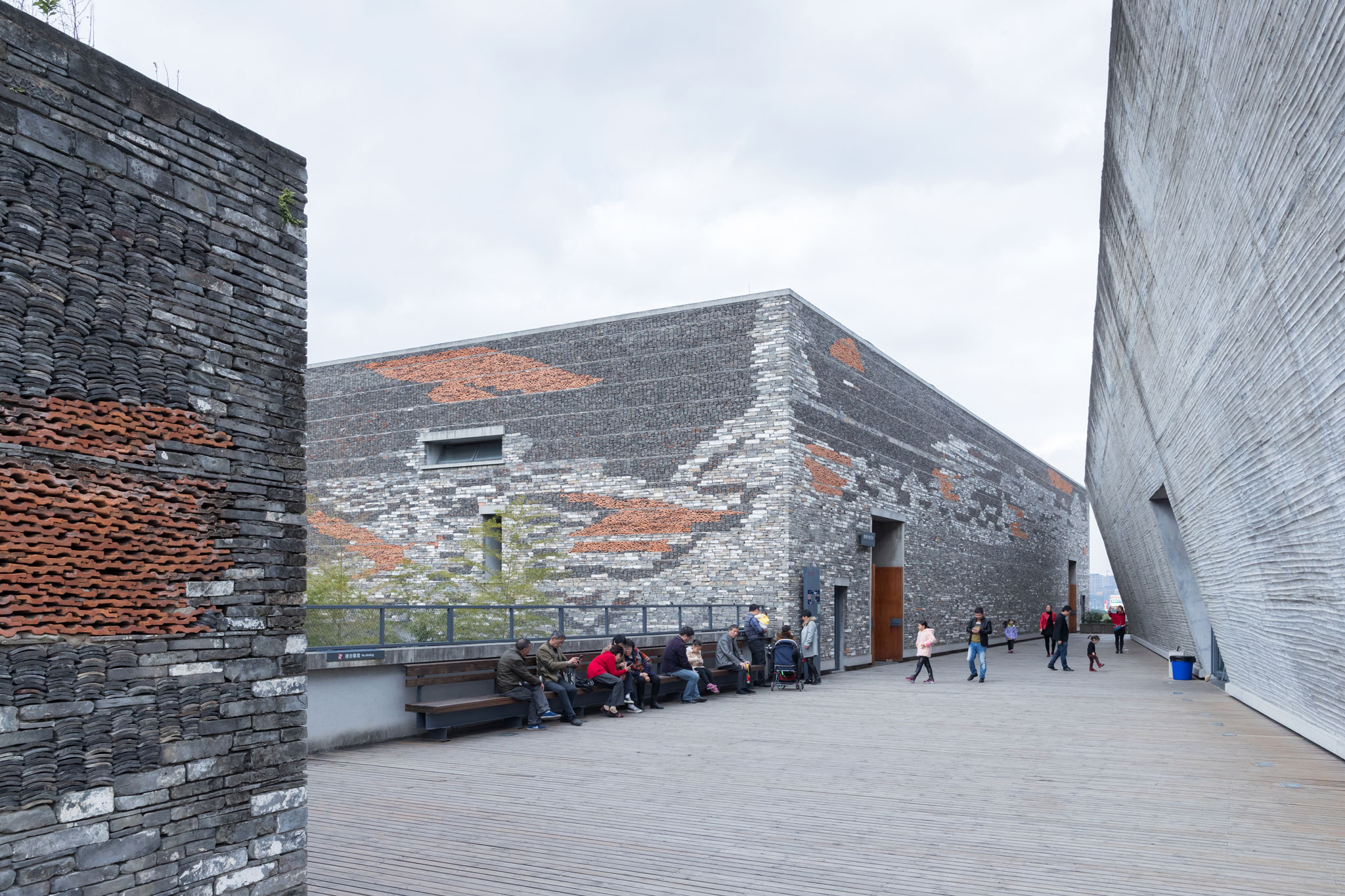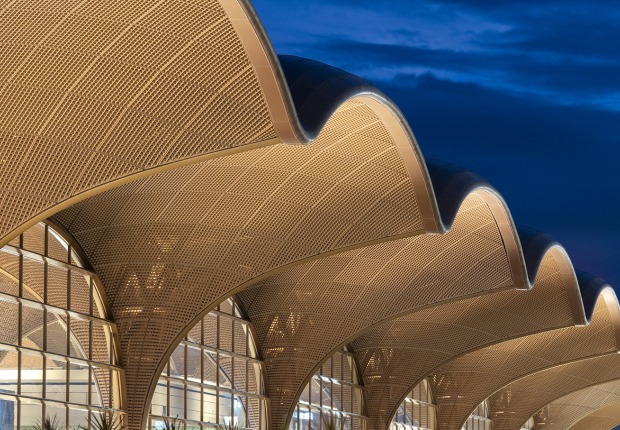Wang Shu and Lu Wenyu maintain a sustained focus on existing materials, the traces of ordinary people's daily lives, the vitality of the unnamed, common structures, and the process and craftsmanship of artisans on the construction site. They advocate for a radical experimentation that is rooted in the local context and vernacular tradition. The studio merges memory with innovation by combining recycled old building materials with modern engineering techniques, offering a powerful response to the social reality of urban development that involves large-scale demolition and construction. They have consistently upheld a broad global perspective, expressing through their works an innovative vision that transcends the cultural conflict between city and countryside, and the dichotomy of the artificial and the natural.
«We are very honored to be the Artistic Directors of the Architecture Department and Curators of the 20th International Architecture Exhibition of La Biennale di Venezia 2027 by the invitation from President Pietrangelo Buttafuoco. And thanks to the Board of Directors of La Biennale di Venezia for the trust in us. We will try our best to meet this big challenge. In the current world, the rapid and multiple changes in architecture are more a phenomenon of appearance, the result of excessive conceptualization or marked commercialization. Conceptual experiments driven to extremes are often divorced from reality and over-commercialization tends to be merely popular and short-lived. This phenomenon changes rapidly in order to survive, breaking away from the connection with the real place. It will lead to the death of architecture. Therefore, architecture becomes a kind of delusional expression about the future.
For this reason, in the face of the real crisis of this world, insisting on a simple and true concept and method of architecture has a special value. We will strive to present this value and exploration with the greatest sincerity for a better reality and future.
Once again, we would like to express our heartfelt thanks to President Pietrangelo Buttafuoco and to the entire La Biennale di Venezia team.»
Wang Shu and Lu Wenyu.

Amatuer Architecture Studio, Detail, Ningbo History Museum, 2008. Photograph by Iwan Baan.
Among their best-known projects: the Ningbo Historic Museum, the Xiangshan Campus of China Academy of Art (selected by the New York Times in 2021 as one of “The 25 Most Significant Works of Postwar Architecture”), the Tiles Hill in HangZhou, the Renovation of Wencun Village, the Fuyang Cultural Complex, the National Archives of Publications and Culture in Hangzhou, the Preservation and Renovation of Southern Song Imperial Street, the Lin An Historic Museum, the Museum of Ancient Animals in Baoding, the Jin Sha Traditional Chinese Academy in Xia Men and the Xi'an Opera House and Concert Hall.
Their works have been exhibited in prestigious international institutions, including the MOMA in New York and the Centre Pompidou in Paris. Solo exhibitions have been dedicated to them at the Louisiana Museum of Modern Art, the Arc en rêve Centre d’architecture in Bordeaux and the BOZAR Centre for Fine Arts in Brussels. In 2019, they received the Gold Medal of the Tau Sigma Delta Honor Society.

Amatuer Architecture Studio, Ningbo History Museum, 2008. Photograph by Iwan Baan.

Amatuer Architecture Studio, Ningbo History Museum, 2008. Photograph by Iwan Baan.
Wang Shu received the Pritzker Architecture Prize in 2012, the most prestigious international award in the field of architecture, and he is a Member of the French Academy of Architecture since 2023.
«It is with great pleasure that we announce the appointment of Wang Shu and Lu Wenyu as Artistic Directors of the Architecture Department. Their vision, deeply rooted in the memory of places and in the knowledge of construction processes, represents today an essential voice in the international debate on architecture and on the meaning of inhabiting the world’s spaces. In them, La Biennale di Venezia recognizes two leading figures capable of combining cultural responsibility with experimental genius, offering a contribution of extraordinary quality at a time in history that demands knowledge, balance, and imagination. Their guidance will inspire broad and necessary reflection, projecting the Biennale Architettura 2027 toward new perspectives and new ways of understanding our relationship with space, memory, and the engaged community. We extend our sincerest gratitude to Wang Shu and Lu Wenyu for accepting this role, along with our warmest wishes for their work.»
President of La Biennale Pietrangelo Buttafuoco.





























